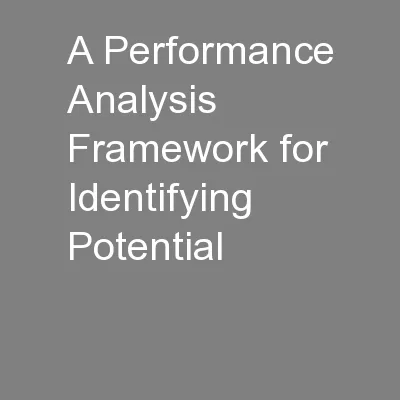PPT-A Performance Analysis Framework for Identifying Potential
Author : conchita-marotz | Published Date : 2016-05-08
GPGPU Applications Jaewoong Sim Aniruddha Dasgupta Hyesoon Kim Richard Vuduc 1 Outline Motivation GPUPerf P erformance analysis framework Performance Advisor Analytical
Presentation Embed Code
Download Presentation
Download Presentation The PPT/PDF document "A Performance Analysis Framework for Ide..." is the property of its rightful owner. Permission is granted to download and print the materials on this website for personal, non-commercial use only, and to display it on your personal computer provided you do not modify the materials and that you retain all copyright notices contained in the materials. By downloading content from our website, you accept the terms of this agreement.
A Performance Analysis Framework for Identifying Potential: Transcript
Download Rules Of Document
"A Performance Analysis Framework for Identifying Potential"The content belongs to its owner. You may download and print it for personal use, without modification, and keep all copyright notices. By downloading, you agree to these terms.
Related Documents














